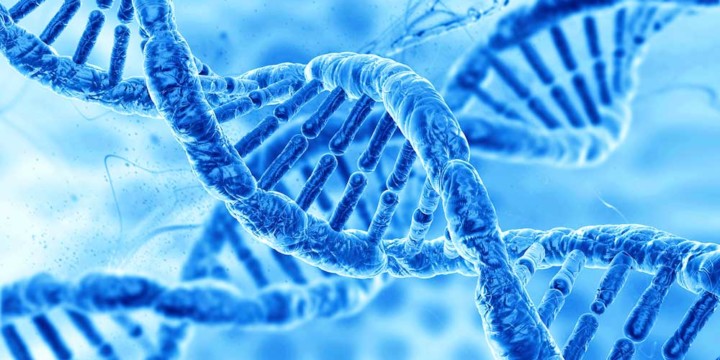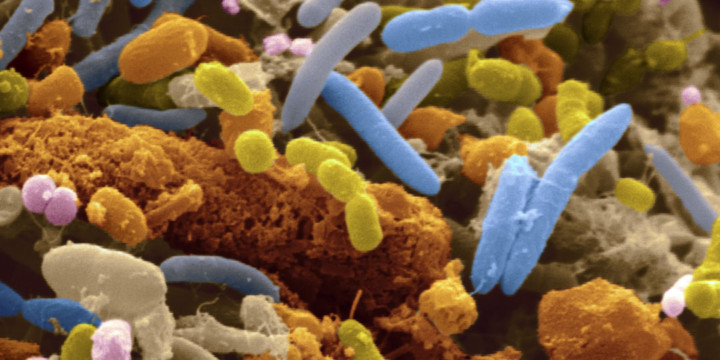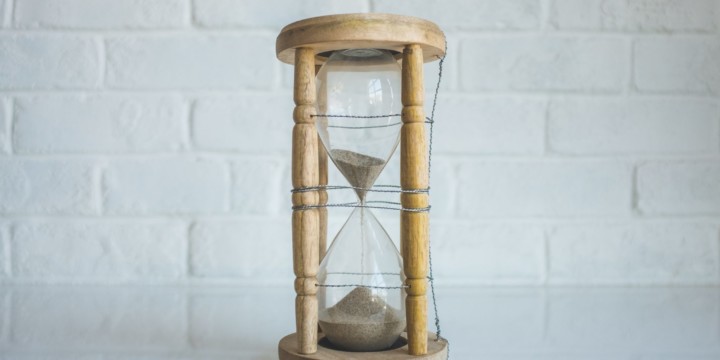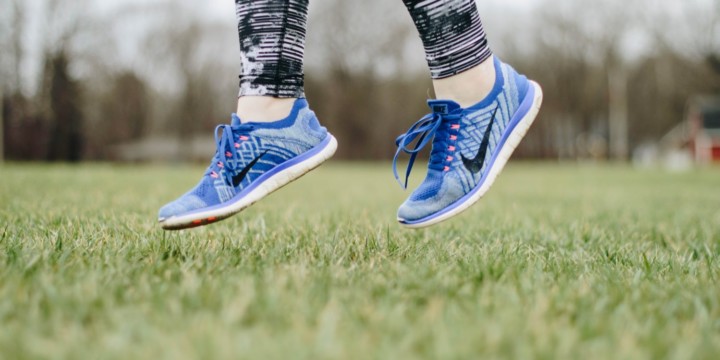Physiology of Obesity
Obesity is a complex disorder that is characterized by the excess amount of fat deposits in the body. Obesity is measured with the help of body mass index (BMI). BMI is a measure of body weight in Kilograms(Kg) divided by height in meters squared. A BMI of 30 and above indicates obesity. Generally, obese persons would have high waist circumference indicating excess fat distribution around the waist.
Obesity increases risk factors of contracting many diseases and complications such as hypertension, high cholesterol, type 2 diabetes, cardiovascular diseases, sleep apnea, back pain, Non-alcoholic fatty liver disease (NAFLD), osteoarthritis, urinary incontinence, gallbladder diseases and certain types of cancers.
Symptoms
There are certain general symptoms that an overweight person would face such as
- Breathlessness
- Increased sweating
- Snoring and sleep apnea
- Inability to cope with sudden physical activity
- Feeling tired
- Back and joint pains
- Low confidence and self-esteem
Causes
Imbalance in calorie consumption and physical activity and a poor diet comprising processed food and sugars are the major reasons for excessive weight gain. Calorie intake has to match with metabolic rate and physical activity otherwise excess calories get stored as fats in the body. The calorie consumption has to be in sync with the physical activities of a person.
- The genetic factors may also play a role in excessive weight gain.
- Premature babies and babies born through c-section have more chances of becoming obese later in life.
- Certain conditions such as Polycystic Ovarian Syndrome, hypothyroidism, Cushing’s disease, hyperinsulinemia may cause weight gain.
- Weight gain can be a side effect of certain medications containing steroids.
Treatment in Allopathy
A preliminary approach towards treating obesity is targeted at lifestyle changes, healthy diet plan, cutting down on calories and processed food items and inclusion of physical exercises. Eating less while increasing physical activities is the effective way of losing fat.
Medicines and Bariatric surgery is recommended in a few cases. Proper management of polycystic ovarian syndrome, hypothyroidism, hyperinsulinemia, and diabetes also help in weight reduction.
Obesity in Ayurveda
Obesity is known as “Medroga’ (disease involving an imbalance of fat) in Ayurveda. In Ayurveda Agni or fire symbolizes the intelligence of digestion and metabolization processes. Agni has remarkable transformative qualities and it transforms the food into building blocks of our body namely cells and tissues. The waste created in this process is excreted out of the body.
As per Ayurveda, there are seven dhatus or tissues in the body namely Rasa or plasma, Rakta or blood, Mamsa or muscles, Meda or fat, Asthi or bone, Majja or bone marrow and Shukra or reproductive tissues. The creation of dhatus is an ongoing complex process and it happens sequentially. If at any stage there is an imbalance, this disrupts the whole sequence of tissue formation. The shrotas or microcirculatory channels play a big role because they carry the information required for the formation of tissues. The cycle of weight gain begins with balance reducing choices in diet and lifestyle that weaken the digestive fire, which in turns increases toxins, clogging the shrotas and thereby disrupting the formation of tissues. The poorly formed tissue layers increase meda dhatu and an imbalance in Kapha Dosha. This, in turn, increases accumulation of toxins (ama), which leads to an imbalance in meda dhatu. While there is an increase in media dhatu, the formation of later dhatus namely asthi, majja and Shukra is reduced.
Treatment in Ayurveda
In order to break this vicious cycle, the exact nature of imbalance is determined and a treatment protocol is prepared as per the unique Prakriti or constitution of the patient. The treatment aims towards strengthening the digestion (balance Agni), removing ama or toxins, improving dietary habits, adjusting inappropriate daily routines and lowering stress. In case of obesity due to a particular condition such as polycystic ovary syndrome, insulin resistance, hypothyroidism etc, the underlying conditions are also addressed along with reducing weight.
Panchakarma or Detox
Panchakarma or detoxification of the body, dry massages with herbal powder and pastes, abhyanga along with Yoga, pranayama, and physical exercises are included in the regimen. The aim of the treatment is to bring balance to the body.
Herbs
There are certain natural herbs that can help in weight loss and increase the immunity of the body such as Vidanga (Embelia Ribes Burm f.) Guduchi(Tinospora Cordifolia), Guggul(Commiphora wightii), Myrrh(Commiphora myrrha), Triphala made of Haritaki(Terminalia chebula Linn) Bibhitaki( Terminalia Belerica Roxb. ) and Amalaka( Emblica officinalis Gaertn), Agnimantha(Clerodendrum phlomidis Linn. f.) , Shilajit (Asphaltu) and Bilva Panchmula (roots of Bael, Oroxylum indicum, Gmelina arborea, Stereospermum suaveolens and Clerodendrum phlomidis)
Herbs must be taken under the supervision of the trained Ayurveda doctors
Obesity and Naturopathy
Naturopathy considers obesity to be less about diet and more about correcting underlying imbalance through lifestyle changes that require a plan of care that supports long-term sustainable health optimization. It believes in creating conditions that would help the body to heal itself. First of all the underlying causes for excess weight gains are understood and addressed. The root cause can lie in excess calorie intake, sedentary lifestyle, hormonal imbalances, emotional triggers, stress, toxicity or a combination of these factors. A personalized plan is prepared for each individual based on the underlying cause and unique personality of each individual. Treatment focuses on attaining overall health and not just the weight loss.
To know more about hormonal imbalance and weight loss look at Solving the weight loss puzzle.
Treatment in Naturopathy
Naturopathy considers obesity to be less about diet and more about correcting underlying imbalance through lifestyle changes that require a plan of care that supports long-term sustainable health optimization. It believes in creating conditions that would help the body to heal itself. First of all the underlying causes for excess weight gains are understood and addressed. The root cause can lie in excess calorie intake, sedentary lifestyle, hormonal imbalances, emotional triggers, stress, toxicity or a combination of these factors. A personalized plan is prepared for each individual based on the underlying cause and unique personality of each individual. Treatment focuses on attaining overall health and not just the weight loss.
To know more about hormonal imbalance and weight loss look at Solving the weight loss puzzle
Detox
The treatment includes fasting for a certain duration of time. Fasting can vary from mere water fasting, lemon and honey water fasting, fruit juice or vegetable juice fasting to fruit fasting. After fasting, first raw fruit and vegetable diet is introduced and gradually a person is put on a normal diet. Along with fasting, massages, enema, mud, and hydrotherapies are done to cleanse the body of toxins and to rejuvenate the digestive organs. A special care is taken in rejuvenating the liver as the fatty liver is a result of weight gain.
Diet
The aim of the diet is to balance the insulin hormone. In most cases of obesity, high insulin is the culprit. Refined carbohydrates, simple sugars, and junk food are totally removed from the diet. Fresh fruits, vegetables, lean meat, fatty fish, nuts, and seeds should be eaten. In order to balance insulin spacing between the meals need to be maintained at 3-4 hours. In between munching on snacks is discouraged.
Exercise, Yoga, and meditation
Regular exercises such as strength training and yoga help to build muscles required for more fat burning. Surya Namaskar(Sun Salutation) is very effective in weight loss. Apart from SuryaNamaskar, you can practice Nauka Asana (boat pose), Pawan Mukta Asana (wind relieving pose), Bhujanga Asana (cobra pose), Ushtra Asana (camel pose), Paschimottan Asana (forward bend pose), Veerbhadra Asana (warrior pose), and Ardhchakra Asana. Kapalbhaati, Anulom Vilom, and Bhrahmari Pranayama are useful both in weight loss and balancing the hormones.
Some kind of stress management exercises like Yog Nidra or meditation needs to be done in order to reduce the production of stress hormones. Stress hormones are also instrumental in adding inches to your waist.















